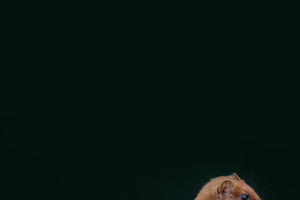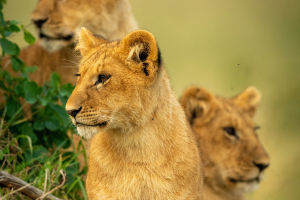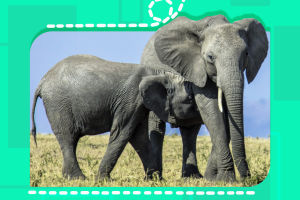Cattle egrets are a type of heron bird that is closely related to Ardea herons. They are found in almost all the continents of the world including North America and are native to Africa. They spread from their native country in Africa, to South America in 1877, and arrived in the United States in 1941.
The major habitat of the cattle egret is wetlands, grasslands and woodlands. These birds generally avoid arid areas. They are found in croplands and pastures with poor drainage. The egrets are often seen with cattle and other livestock. Also, the Cattle egrets occasionally forage at garbage dumps.
Cattle egrets have an interesting relationship with cattle. Cattle egrets are opportunistic feeders who associate with livestock such as cattle, buffalos, hippopotamuses, zebras, and giraffes. They use their legs to perch on the back of these animals like cows and eat the active insects who are disturbed by the grazing activities of the animal on top of which the bird sits. This way, they do not have to spend a high amount of energy on feeding but can actually catch more insects just by staying near their host animal. Therefore, the cattle egret and cow relationship is one of parasite and host.
Cattle egrets are diurnal, feeding by day and sleeping at night. They are known to be highly sociable animals, closely associating with grazing species. Cattle egrets share roosting colonies with other colonial waterbirds. The egrets are migratory birds, gathering in flocks with other ardeid species. Yet, Cattle egrets wander extensively, so it's difficult to distinguish whether they migrate or just disperse. Also, these birds usually fly in flocks to and from breeding, roosting and feeding sites. A male at the colony site can defend one or two territories. However, these birds always feed in flocks, so there's no territorialism at the feeding site, since it belongs to the entire flock.
Cattle egrets are seasonally monogamous: they mate once a year, staying together until the end of the nesting season. They do not tend to pair again with their mates from previous years. The male finds and brings sticks while the female builds from it a nest in a tree or shrub, after which 3-4 eggs are laid. Breeding season depends on the region. Both the male and the female participate in incubation of the eggs during 24 days. These birds are very careful parents: both of them feed their chicks by regurgitation and one of them is constantly with the young during the first 10 days of their lives. About three weeks after hatching, the chicks start climbing around the nest. The young egrets start flying at the age of four weeks, while at about 6-7 weeks they are fully independent. By this time, juveniles become strong flyers, able to travel long distances. They usually start breeding at 2 years old.
Cattle egrets are not very cute with their short legs and bill, but they look quite impressive when they display the colored crest on their head. They are medium-sized birds and have orange-colored short legs and bill. They also have thick necks. The species has a white-colored plumage along with an orange or yellow bill. During the breeding season, the plumage of the entire body of these birds becomes quite fluffed up and their bill becomes red in color.
A cattle egret would not make a good pet as these North American birds are comfortable in a wild habitat and often migrate for long distances. The Maasai group of people in Kenya and Tanzania think that the influx of a large number of cattle egrets means that the area will face a drought very soon. Therefore, they move their cattle to another location.


